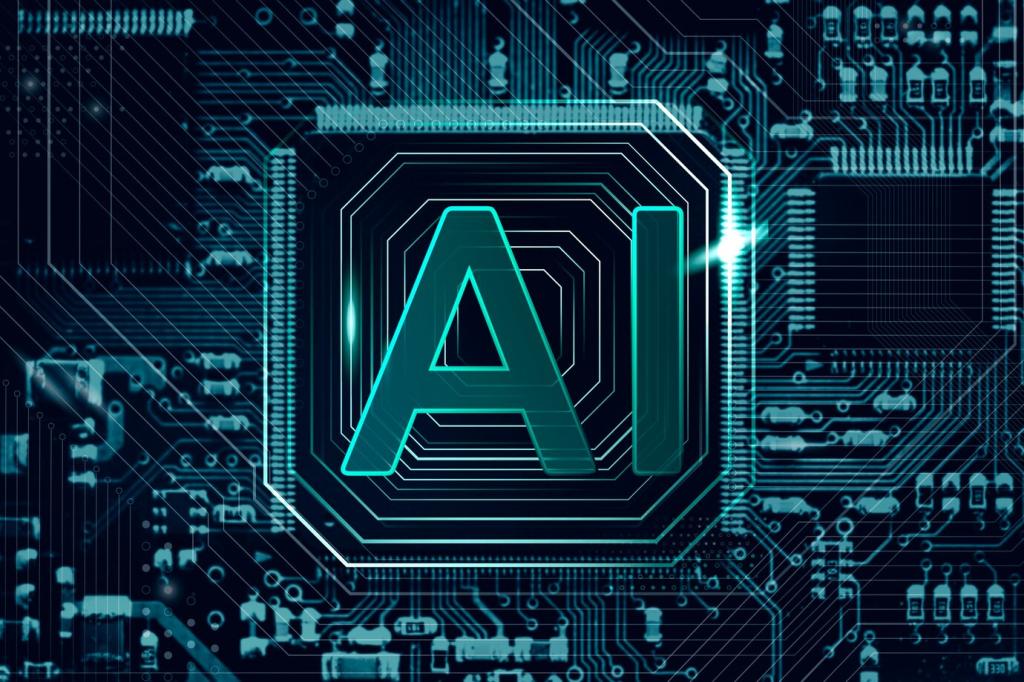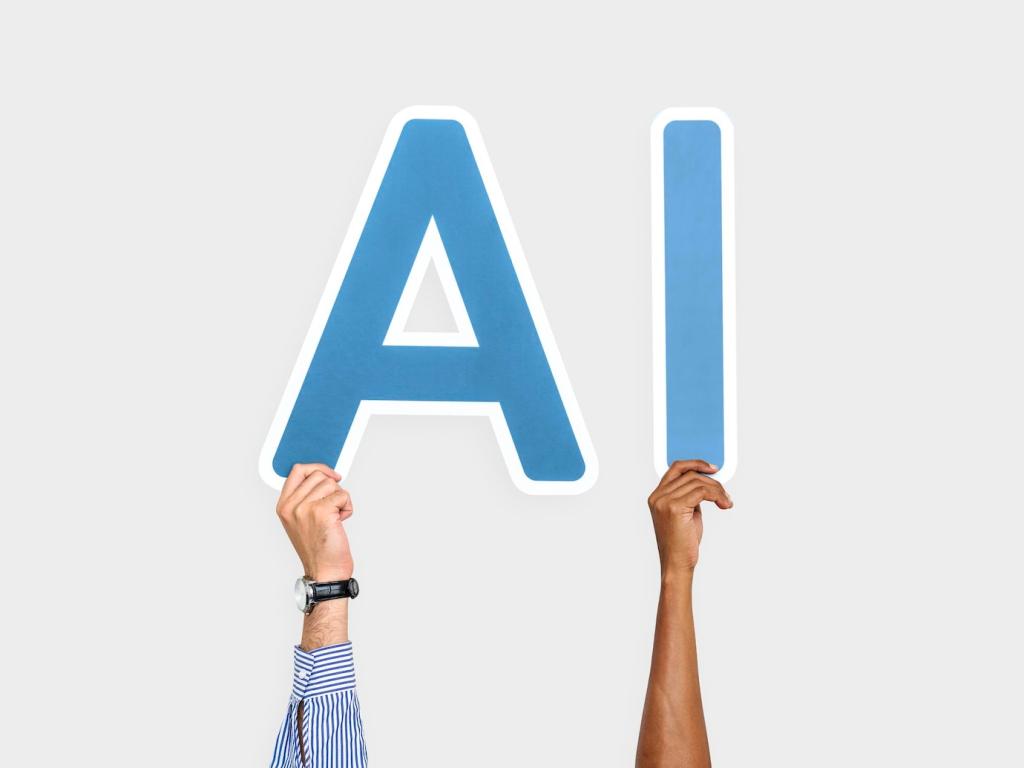This website uses cookies so that we can provide you with the best user experience possible. Cookie information is stored in your browser and performs functions such as recognising you when you return to our website and helping our team to understand which sections of the website you find most interesting and useful.

AI in Patient Diagnostics
The integration of artificial intelligence into patient diagnostics is revolutionizing the way healthcare providers approach disease identification, patient assessment, and personalized treatment planning. AI-driven tools enhance the speed, accuracy, and efficiency of diagnostic processes, benefiting clinicians and patients alike. By leveraging vast datasets, machine learning algorithms can detect patterns that might elude the human eye, making early diagnosis more accessible and reliable. This transformation is leading to improved clinical outcomes, reduced healthcare costs, and a more proactive approach to patient care. The following sections dive deeper into various aspects of AI in patient diagnostics, exploring its current state, notable applications, challenges, and future potential.
Deep Learning for Image Interpretation
Reducing Diagnostic Errors
Accelerating Workflow Efficiency
Precision Medicine and Personalized Diagnostics

AI in Pathology and Laboratory Diagnostics
Automated Slide Analysis
Biomarker Discovery
Laboratory Workflow Optimization

Population Screening Programs

Remote Health Monitoring

Predicting Disease Progression
Integration Challenges and Ethical Considerations

Real-World Applications and Case Studies
Improving Cancer Detection Rates


